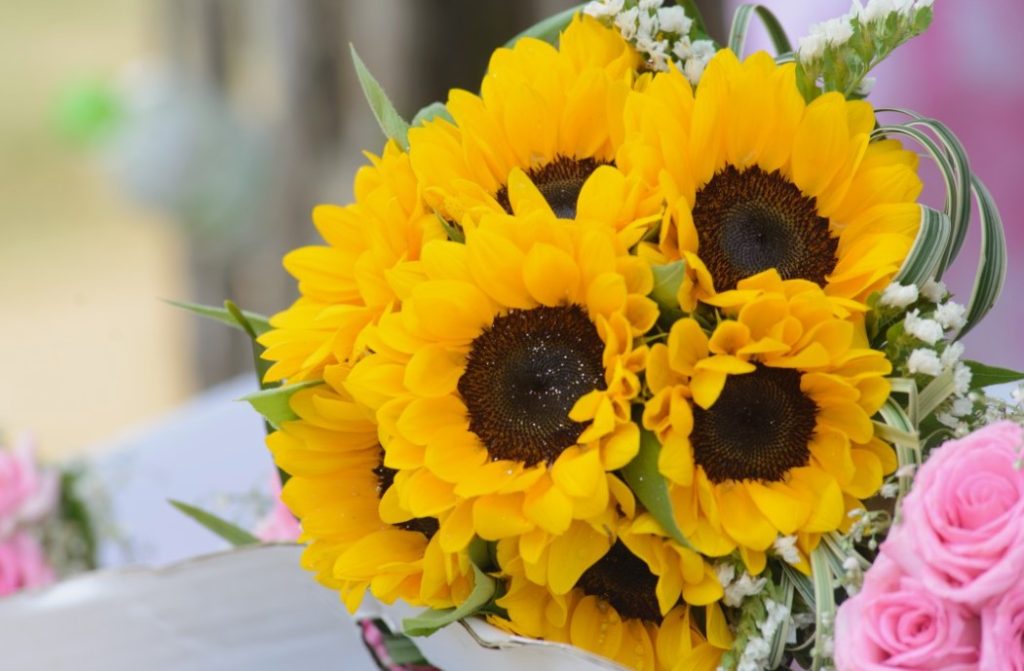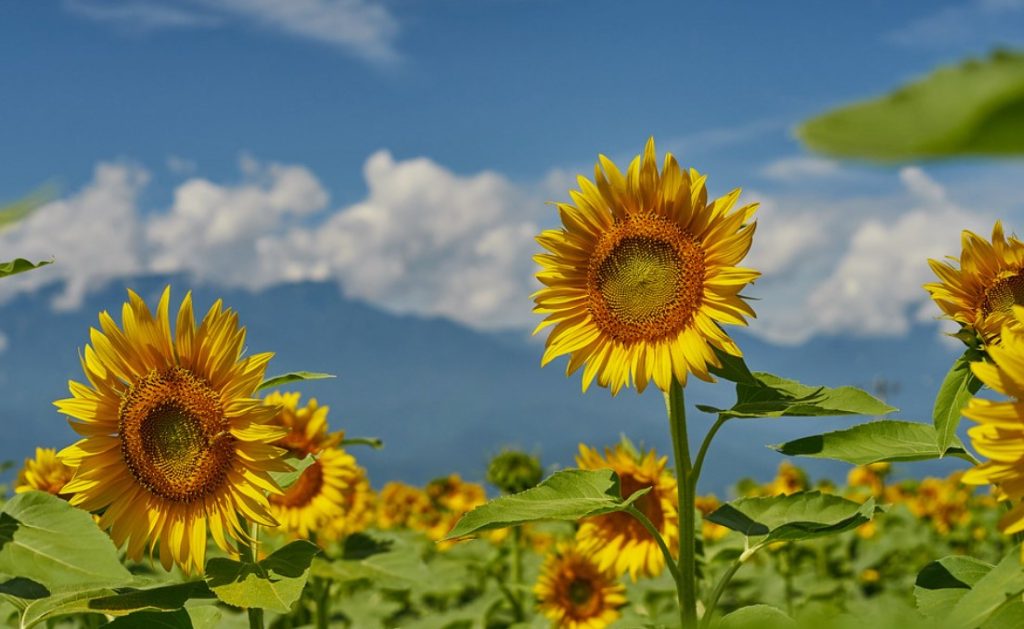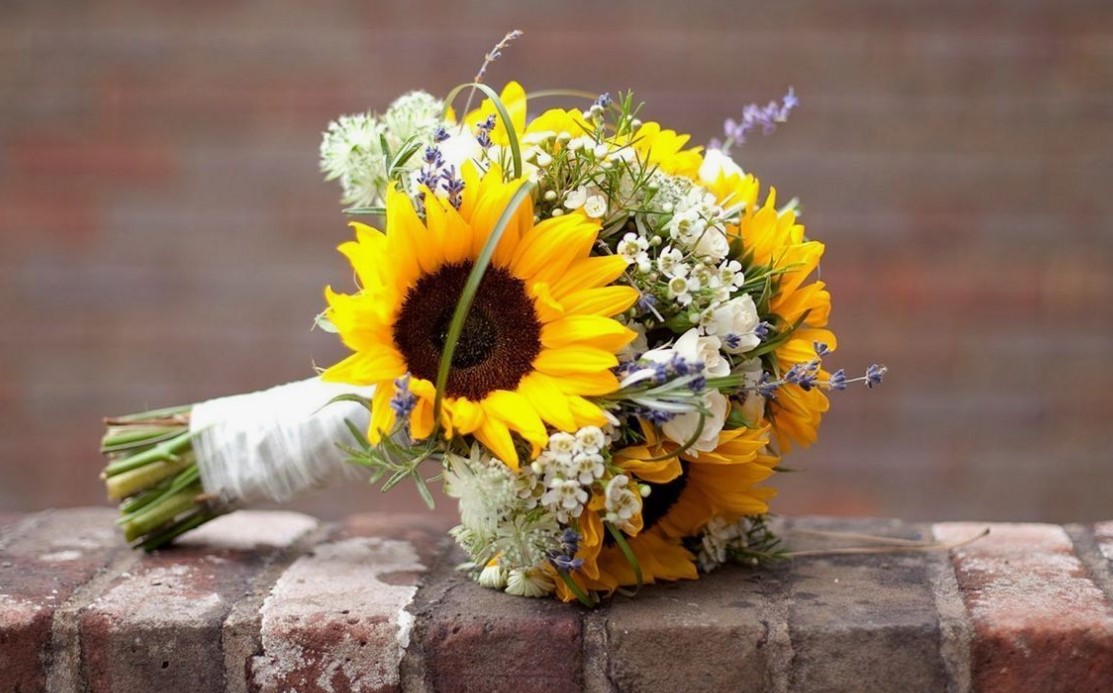Few flowers capture the essence of summer as vividly as the sunflower. With its tall, sturdy stalk, radiant yellow petals, and striking black center, the sunflower stands as a beacon of warmth and vitality. Whether grown in expansive fields or displayed in vibrant bouquets, this flower holds a special place in the hearts of many. It’s impossible to ignore the sunflower’s cheerful demeanor, which often prompts people to pause, admire, and even photograph these golden beauties. For those looking to bring this brightness into their homes, bouquet delivery Dubai offers a convenient way to enjoy sunflowers year-round. Yet, beyond its aesthetic appeal, the sunflower is steeped in rich symbolism, history, and cultural significance.
The Sunflower Through the Ages: Symbolism and Meaning Across Cultures
The sunflower has been a subject of admiration for centuries, evolving in meaning across various civilizations. Each culture interpreted this radiant flower in its own way, often drawing parallels between the sunflower and the life-giving energy of the sun.
Greek Mythology: A Tale of Love and Devotion
In Ancient Greece, the sunflower was more than just a plant; it was tied to a tragic tale of unrequited love. The myth of Clytia, a nymph who fell in love with Helios, the sun god, is one of the earliest stories associated with the sunflower. Clytia was hopelessly enamored with Helios, but her love was not returned. Every day, she would gaze at him as he traveled across the sky, following his movements with her longing eyes. Eventually, the gods took pity on her and transformed her into a sunflower, a flower that forever turns its face toward the sun. This myth imbued the sunflower with themes of loyalty, devotion, and everlasting love. It became a symbol of unwavering faithfulness, as Clytia, in the form of a sunflower, continues to follow the object of her affection for eternity.
Chinese Culture: A Symbol of Longevity, Honor, and Good Fortune
In China, sunflowers hold a much more positive connotation, symbolizing longevity, good fortune, and honor. Their vibrant, upright posture is seen as a representation of long life and steadfastness. Traditionally, sunflowers were often given as gifts to wish someone prosperity and happiness, particularly during special occasions. The belief in the sunflower’s power to attract good luck is so strong that it continues to be a popular choice in Chinese floral arrangements for weddings and other celebratory events.

Native American Symbolism: The Harvest and Generosity
For Native American cultures, the sunflower was much more than just a flower—it was a symbol of sustenance and provision. Its seeds were a vital source of food, while the entire plant could be used for practical purposes. In many tribes, the sunflower represented the harvest and generosity of nature. The ability of the sunflower to provide food during lean times made it a revered symbol of nourishment and abundance. Sunflowers were also used in spiritual ceremonies to thank the Earth for its bounty, further cementing their role as symbols of gratitude and provision.
The Incas and Ancient Peruvians: Spiritual Knowledge and Truth
In the highlands of the Andes, the sunflower was deeply tied to the religious beliefs of the Incas and other ancient Peruvian civilizations. The sunflower was regarded as a symbol of the sun, which held a central place in their worship. In Incan temples, the sunflower often adorned walls and artifacts, symbolizing the search for truth, enlightenment, and spiritual knowledge. To the Incas, the sunflower’s ability to follow the sun’s path across the sky represented the human quest for understanding and connection with the divine. The sunflower’s association with the sun god reinforced its role as a sacred flower, one that symbolized life, growth, and cosmic balance.
Slavic Traditions: A Connection to the Sun
In Slavic cultures, the sunflower was viewed as a symbol of happiness, health, and vitality. Since it is a flower that naturally follows the movement of the sun, the sunflower was believed to have a special connection to the life-giving properties of the sun. It was often used in rituals and folk traditions aimed at attracting good fortune and promoting well-being. Sunflowers were seen as a source of warmth and energy, their bright blooms mirroring the radiance of the sun.
Sunflowers in Modern Symbolism: Positivity and Optimism
Across many cultures, both ancient and modern, the sunflower has come to symbolize positivity, optimism, and a love of life. Its bright, cheerful appearance naturally evokes feelings of joy and energy, making it a popular choice for both celebratory occasions and as a gift to uplift spirits. In modern times, the sunflower has been embraced as a symbol of hope and resilience. It’s a flower that thrives in the heat of summer, standing tall and strong despite the harsh conditions—traits that resonate with people in their own personal journeys of endurance and optimism.
Sunflowers in Floral Arrangements: The Art of Pairing
Sunflowers are not just a delight in nature; they also bring vibrancy and cheerfulness into indoor spaces when arranged in bouquets. Their bold, yellow petals and large, dark centers make them a focal point in any floral composition, but they also play well with other flowers. When selecting flowers to pair with sunflowers, color coordination and flower size are key considerations.
Creating Bright and Balanced Compositions
The beauty of a sunflower bouquet lies in its ability to contrast and complement other flowers. Here are a few ways to create balanced and striking compositions with sunflowers:
White, Light Blue, and Blue Flowers
Pairing sunflowers with cool-toned flowers, such as white, light blue, or blue blooms, creates a visually appealing contrast. The yellow of the sunflower evokes the sun, while blue or white flowers like daisies, irises, or cornflowers resemble the sky. Lisianthus, statice, and chrysanthemums in these cooler tones are ideal companions, highlighting the sunflower’s warmth without overwhelming the arrangement.
Autumn-Themed Bouquets
In the fall, sunflowers take on a new character when combined with autumnal shades. Golden, orange, and red flowers like dahlias, asters, and bouvardia give a sunflower bouquet a rich, earthy tone. The interplay of warm colors, reminiscent of harvest time, makes these bouquets perfect for celebrating the changing seasons.
Greenery
Adding greenery to a sunflower bouquet is an excellent way to enhance the freshness and vibrancy of the arrangement. Greenery can also balance the composition, particularly when using an abundance of bright yellow flowers. Eucalyptus, ferns, and even grasses can help tone down intense hues, ensuring that the bouquet feels harmonious.
Flower Pairing Ideas
In addition to color, choosing flowers with complementary textures and shapes can elevate the overall effect of a sunflower bouquet. Here are a few flower pairing ideas to inspire creative arrangements:
Asters
Asters have soft, fluffy blooms that create a delicate backdrop for the boldness of sunflowers. The texture of the asters allows the sunflower to stand out while providing a gentle contrast.
Irises
The deep purple of irises is a perfect foil for the bright yellow of sunflowers. This combination adds depth and richness to the bouquet, while the sleek, upright shape of the iris complements the tall, sturdy sunflower.
Anemones
Anemones add a touch of whimsy to sunflower bouquets. Their small size and bright colors make them excellent accents, enhancing the vibrancy of the arrangement without competing for attention.
Roses
For an unexpected and sophisticated pairing, sunflowers and roses can be combined in a single bouquet. The delicate elegance of roses contrasts beautifully with the bold, sunny disposition of sunflowers. The result is a bouquet that feels both refined and cheerful.
Hydrangeas
Hydrangeas are known for their voluminous blooms, which can soften the appearance of a sunflower bouquet. They work well in asymmetrical compositions, adding fullness and texture while balancing the sunflower’s strong visual presence.

Sunflower Varieties Perfect for Bouquets
Not all sunflowers are created equal, and when designing a bouquet, it’s important to select the right variety. Here are a few sunflower varieties that are particularly well-suited for floral arrangements:
Giant Sungold
Known for its lush, double blooms, the Giant Sungold sunflower is a real showstopper. Its bright yellow, ball-shaped flowers can reach up to 25 cm in diameter, making them ideal for dramatic, large-scale bouquets. This variety adds texture and fullness to any arrangement.
Moulin Rouge
With deep red petals that fade to a darker shade at the center, the Moulin Rouge sunflower adds a touch of sophistication and drama to bouquets. It is a striking alternative to the traditional yellow sunflower, offering a bold splash of color.
Vanilla Ice
For those seeking a softer, more delicate sunflower, the Vanilla Ice variety is a perfect choice. Its pale, creamy petals are less bold than the classic yellow sunflower, making it ideal for pastel-themed or romantic bouquets.
Bambino
A smaller variety, Bambino sunflowers are perfect for compact bouquets. Their modest size and bright yellow petals make them versatile, fitting into both casual and formal arrangements.
Conclusion
Sunflowers are more than just a symbol of summer—they are a flower of deep meaning, beauty, and cultural significance. Whether admired for their radiant appearance, cherished for their rich symbolism, or celebrated for their versatility in bouquets, sunflowers continue to bring joy and optimism wherever they bloom. From ancient myths to modern floral arrangements, the sunflower’s enduring appeal lies in its ability to evoke warmth, happiness, and hope. As we admire fields of sunflowers or gift them in bouquets, we are reminded of the powerful connection these flowers have to the sun and to life itself, making them a timeless favorite in gardens and hearts around the world.

I serve as a financial expert on the Today Show and Good Morning, America. I like to give reasonable advice on budgeting to people with any income level.
